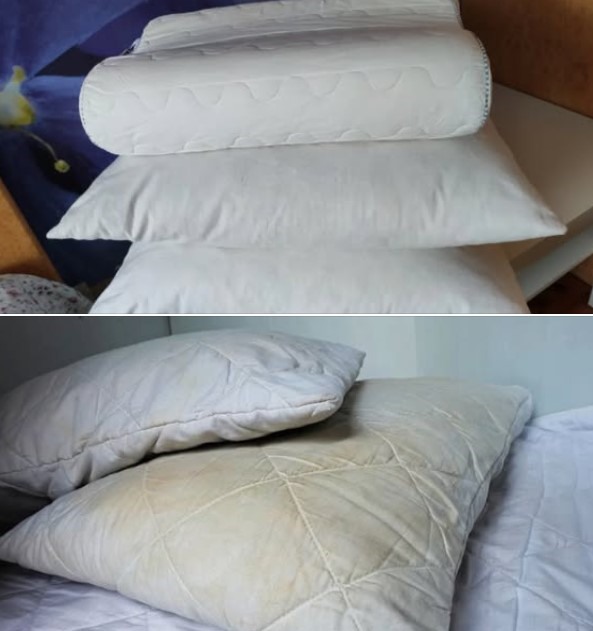Have you ever been wandering through a quiet neighborhood, a rural road, or even out hiking and noticed a fence painted a striking shade of purple? Maybe you paused, curious — why would anyone paint their fence such an unusual color? It’s not a common choice, like white or brown, and it definitely stands out. Well, there’s a very specific reason behind this choice.
If you see a fence painted purple, it generally means one thing: “No Trespassing.”
The Origin of Purple Paint as a No Trespassing Sign
The idea of using purple paint to mark boundaries and deter trespassers has been gaining traction in recent years, especially in rural areas across the United States and some other countries. While traditional “No Trespassing” signs are common, purple paint on fences offers an alternative method that is sometimes preferred by landowners for various reasons.
Why purple? It’s an eye-catching color that is rarely used for fences or property markers, so it naturally grabs attention. Because it’s uncommon, it doesn’t get mistaken for casual or decorative paint.
But it’s not just about aesthetics — in many places, purple paint has been codified by law as a recognized symbol that property is private and off-limits to unauthorized visitors. This legal recognition makes purple paint a legitimate and enforceable way to communicate property boundaries and keep unwanted guests out.
How Does Purple Paint Work as a No Trespassing Indicator?
To properly communicate the message “No Trespassing” with purple paint, there are specific guidelines and regulations that landowners typically follow. These can vary somewhat by jurisdiction, so it’s important to check your local laws, but most follow a similar pattern:
Vertical Stripes Only
The purple markings must be painted in vertical stripes on fences, trees, or posts around the property. The vertical orientation helps distinguish these marks from graffiti, casual paint jobs, or other markings that might be confusing.
Size and Visibility Matter
- Width: Each purple stripe should be at least 1 inch wide. This width ensures the markings are visible from a reasonable distance.
- Length: The stripes should be about 8 inches long, giving enough surface area for the color to stand out clearly.
- Height: The paint should be applied at a height between 3 to 5 feet above the ground. This range ensures the markings are easily seen by passersby and prevents them from being hidden by bushes, tall grass, or snow.





